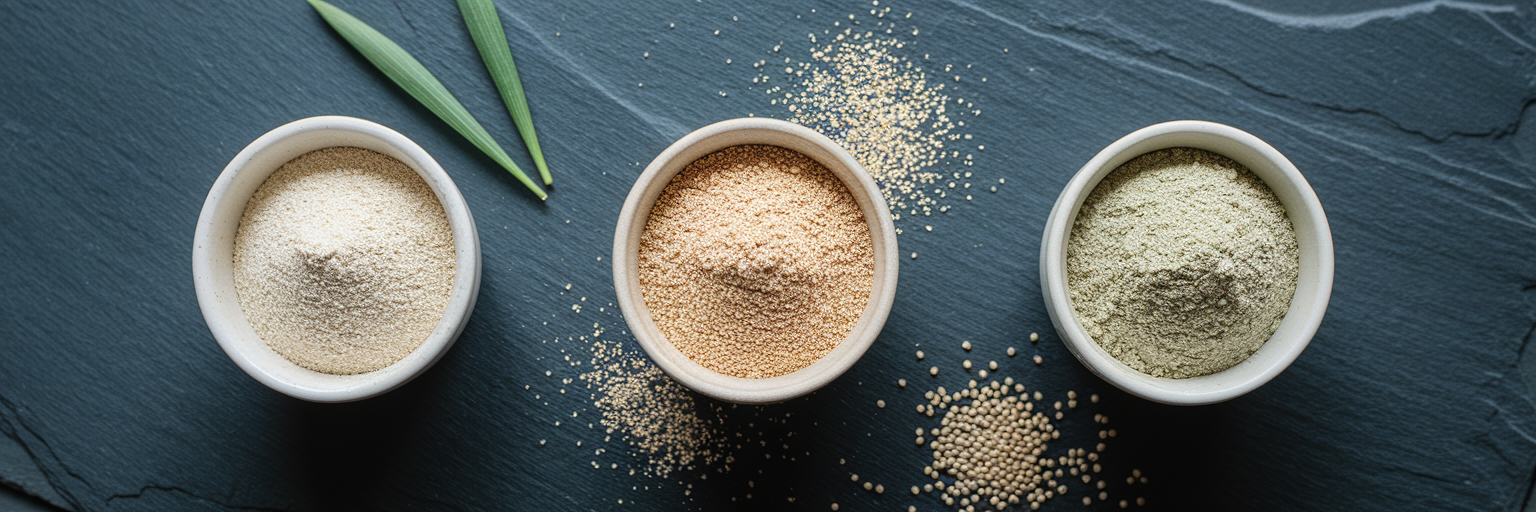Why Plant Protein Is a Game-Changer for Weight Goals
We’ve all been there. You start the day with great intentions, but by mid-afternoon, cravings kick in and your healthy eating plan feels like a distant memory. Managing weight can feel like a constant battle against hunger, but what if you could work with your body instead of against it? This is where protein becomes a foundational tool, especially for anyone with fitness goals.
Protein is essential for building and maintaining lean muscle. This is important because muscle tissue is metabolically active, meaning it burns more calories than fat, even when you're resting. Supporting your muscle mass is a smart strategy for a healthy metabolism. This is where a high-quality plant based protein for weight loss can make a real difference.
Plant-based proteins come with some unique advantages. One of the biggest is satiety, which is the feeling of being full and satisfied. Certain plant proteins are incredibly effective at promoting this feeling, helping you naturally reduce your overall calorie intake without feeling deprived. In fact, some research indicates that certain plant proteins can curb hunger more effectively than their dairy-based counterparts. A study highlighted by Nutranelle suggests that pea protein can have a significantly greater satiety effect.
You might hear the term "complete amino acid profile" and wonder what it means. Think of amino acids as the building blocks your body needs for everything from muscle repair to maintaining a healthy metabolism. While individual plant sources might not have all of them, modern vegan protein powders blend different sources like pea, rice, and pumpkin seed to provide the full set. Plus, many people find plant proteins gentler on their stomach, which means less bloating and more consistent use. For more insights into building a healthy, plant-forward lifestyle, our blog offers a wealth of information.
The Power of Fiber in Your Protein Shake

While protein is the star of the show for muscle support, its best supporting actor for appetite control is fiber. A protein powder that’s also rich in fiber delivers a powerful one-two punch for anyone trying to manage their weight. It’s a key factor in effective vegan protein powder appetite control.
How Fiber Keeps You Feeling Full
Soluble fiber works like a sponge in your digestive system. It absorbs water and expands, forming a gel-like substance in your stomach. This physical fullness sends signals to your brain that you’re satisfied, helping you feel full for longer after a meal or a shake. This simple mechanism can be incredibly effective at preventing overeating and mindless snacking between meals.
Stabilizing Blood Sugar to Prevent Cravings
That 3 p.m. slump followed by an intense craving for something sweet? That’s often the result of a blood sugar crash. Fiber helps prevent this by slowing down the absorption of carbohydrates into your bloodstream. This leads to a more gradual, stable release of energy, preventing the sharp spikes and subsequent crashes that trigger cravings for sugary or high-carb snacks.
Key Fibers to Look For
Not all fiber is created equal. When checking the label, keep an eye out for these highly effective types:
- Glucomannan: A soluble fiber celebrated for its exceptional ability to absorb water and promote fullness.
- Inulin (Chicory Root Fiber): This is a prebiotic fiber, meaning it acts as food for the healthy bacteria in your gut. A healthy gut microbiome is increasingly linked to better weight management.
- Flax and Chia Seeds: These are fantastic all-rounders, providing not just fiber but also healthy omega-3 fats and an extra protein boost.
To get the most out of these benefits, look for a high fiber protein powder with at least 3-5 grams of fiber per serving. Blending your powder with fruits and seeds is a great way to boost fiber even more. If you need some inspiration, check out these three easy vegan protein recipes you'll actually crave.
Decoding the Label for Low Sugar and Carbs
Now that you know what to look for inside the powder, let's talk about the outside: the nutrition label. Learning to read it confidently is a skill that empowers you to choose a product that truly supports your goals. When weight loss is the aim, keeping sugar and carbs in check is crucial because it helps manage your body's insulin response and minimize fat storage.
First, look at "Total Sugars." Then, check for "Added Sugars" right below it. You want both of these numbers to be as low as possible. Next, find "Total Carbohydrates" and "Dietary Fiber." To figure out the "Net Carbs," simply subtract the fiber from the total carbs. This number gives you a better idea of the carbohydrates that will impact your blood sugar. A good low carb vegan protein powder will use natural, zero-calorie sweeteners like stevia or monk fruit to provide a pleasant taste without the sugar.
Becoming confident in reading labels is a skill that serves you well beyond just protein powders. As noted in resources like Health.com, paying attention to serving sizes and added sugars is key to making informed choices. To make it easier, here’s a quick guide:
| Label Item | What to Look For | Why It Matters for Weight Loss |
|---|---|---|
| Serving Size | Note the amount (e.g., 1 scoop, 35g) | All other numbers are based on this amount. Make sure you're comparing products accurately. |
| Calories | Around 110-150 per serving | Keeps the shake a lean supplement, not a high-calorie meal that could hinder a deficit. |
| Total Carbohydrates | Under 5-7g | A lower number helps maintain a low-carb or ketogenic diet. |
| Dietary Fiber | 3g or more | Increases fullness and reduces the 'net carb' count, aiding appetite control. |
| Total Sugars | 1-2g or less | Minimizes insulin spikes that can promote fat storage and trigger more cravings. |
| Protein | 20-25g | Ensures you're getting enough protein to support muscle maintenance and satiety. |
As a simple rule of thumb, aim for a powder with less than 5 grams of net carbs and only 1-2 grams of sugar per serving. This makes the shopping process feel much more manageable.
Finding Your Perfect Protein Blend

With your label-reading skills sharpened, the final step is finding a protein that you actually enjoy drinking. After all, the best powder is the one you'll use consistently. You'll see single-source proteins, like pea or rice, and multi-source blends. While single sources are good, blends that combine proteins like pea, pumpkin seed, and sunflower seed often provide a more complete amino acid profile and a much smoother, less gritty texture.
Let's be honest: early vegan proteins had a reputation for being a bit chalky or earthy. Thankfully, formulations have improved dramatically. Modern powders mix much more easily and come in delicious flavors that make your daily shake something to look forward to, not just tolerate. Some formulas even include bonus ingredients like green tea extract to support metabolism, but it's best to see these as an added perk rather than the main feature.
The most practical way to find the best vegan protein powder for your personal taste is to try before you buy a giant tub. Look for brands that offer single-serving packets. This lets you sample different flavors and blends without a big commitment, ensuring you find a winner you'll stick with. The best way to find what works for you is to explore the options. You can see a variety of high-quality blends in our collection of products.
Choosing a Safe and High-Quality Powder
Finally, let's talk about something that matters just as much as taste and nutrition: quality and safety. You may have heard concerns about heavy metals in plant-based products. It's a valid point to consider, as plants naturally absorb minerals from the soil they're grown in. This is why the sourcing of ingredients and the quality of the manufacturing process are so important.
A transparent brand will be open about where its ingredients come from and how its products are tested. The gold standard to look for is third-party testing. In simple terms, this means an independent, unbiased lab has verified that the product is pure and free from harmful contaminants. It’s a non-negotiable sign of a brand that takes your health seriously. A trustworthy company will be happy to answer your questions about quality. You can often find this information on their FAQs page.
To feel confident in your choice, use this simple checklist:
- Look for a third-party testing seal or mention on the label or website.
- Read customer reviews that specifically mention product quality and purity.
- Choose brands that make their quality reports or sourcing information easily accessible.



